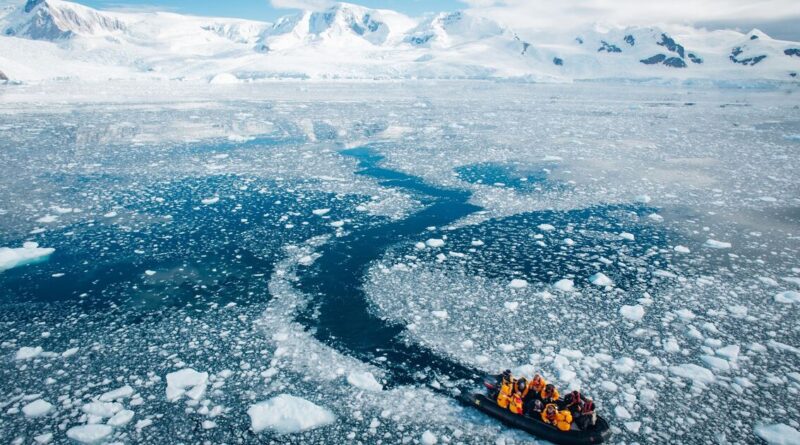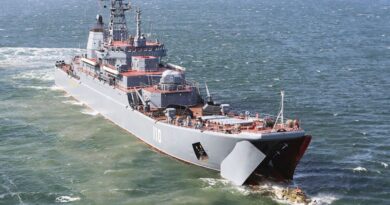Antarctica breakthrough as AI helps discover ‘creatures never seen before’ | World | News
Advances in artificial intelligence are helping scientists explore the most remote parts of the ocean in Antarctica. Researchers at British Antarctic Survey have harnessed the latest technology to detect “strange creatures” in photos and videos of the seafloor.
AI has dramatically accelerated the time to detect animals from several hours to a few seconds per image, and can be used in real time on research vessels. It is being used to help decide which parts of Antarctica need special protection. Study leader Dr Cameron Trotter, machine learning research scientist at BAS, said: “This new AI technology will massively speed up how marine biologists analyse the data they collect.
“Before we developed this tool image analysis was performed by hand, taking up to eight hours per photo. By having the AI work alongside the human experts, we can cut this down to a few seconds per photo.
“This allows us to analyse far more data than ever before, speeding up our understanding of these unique and globally important ecosystems.”
The Antarctic seafloor is home to more than 94% of known species from he Southern Ocean, many of which have adapted to sub-zero temperatures and are not found anywhere else on Earth.
Researchers are gathering information to better understand their habitats and which species may be most at risk from the threats of climate change and human activities.
Dr Trotter added: “The images we used to train the AI are extremely high-resolution and packed full of weird and unusually shaped animals, often living on top of each other, some of which have never been seen before.”
The AI model was trained on images taken on board Germany’s polar research ship, the RV Polarstern, of the Alfred Wegner Institute, in the Weddell Sea.
It is now being used to analyse a backlog of 30,000 images from the Antarctic Peninsula and Weddell Sea.
BAS palaeobiologist Dr Rowan Whittle said: “This is a game-changer for the way in which we analyse the seafloor, unlocking vast quantities of data crucial for the conservation of Antarctic ecosystems.
“Traditionally, scientists have relied on destructive dredging and fishing methods to collect biodiversity data, but the use of photography and AI allows rapid data collection, whilst not causing any disturbance to this vulnerable environment.”





